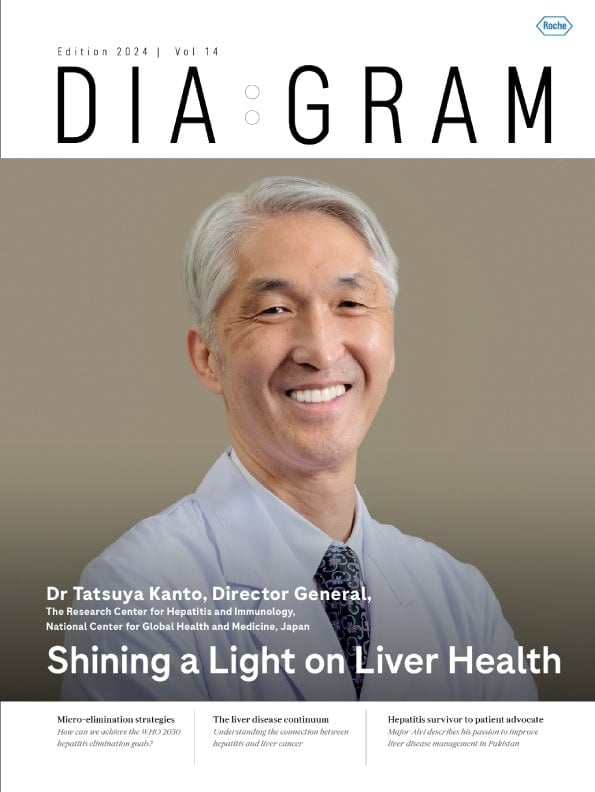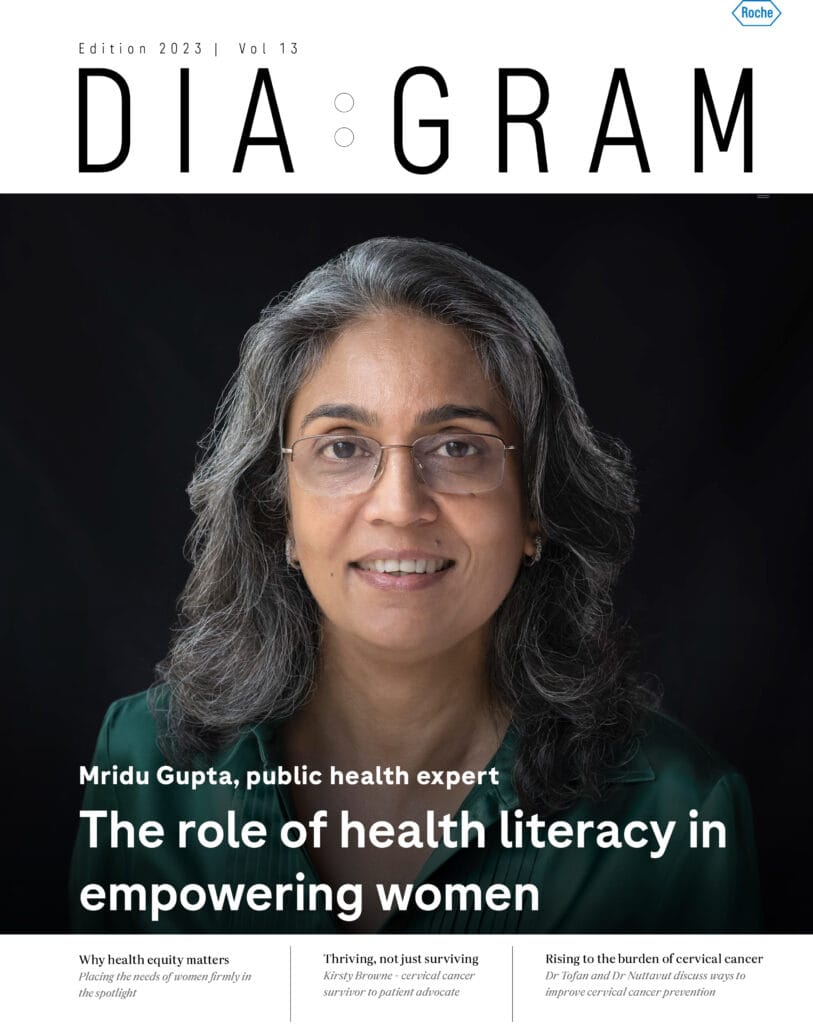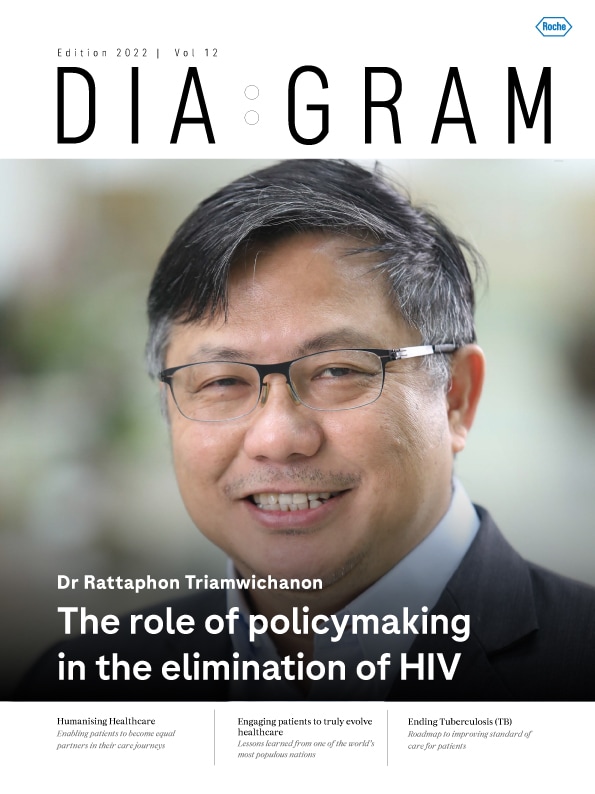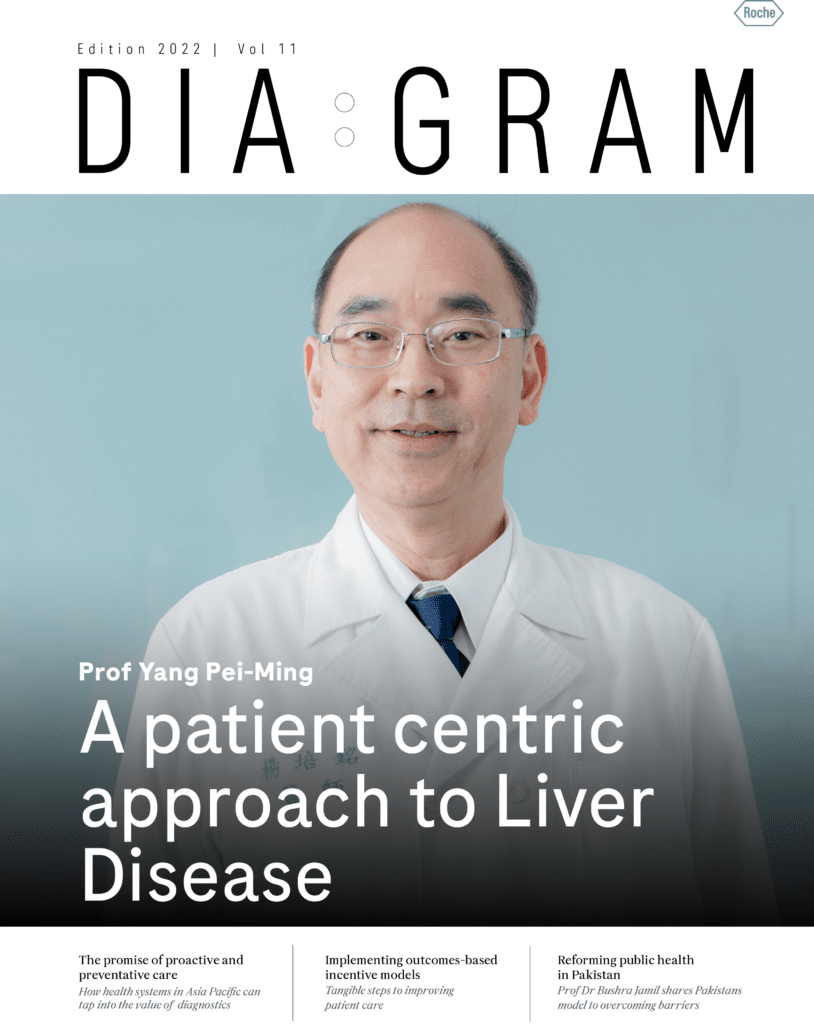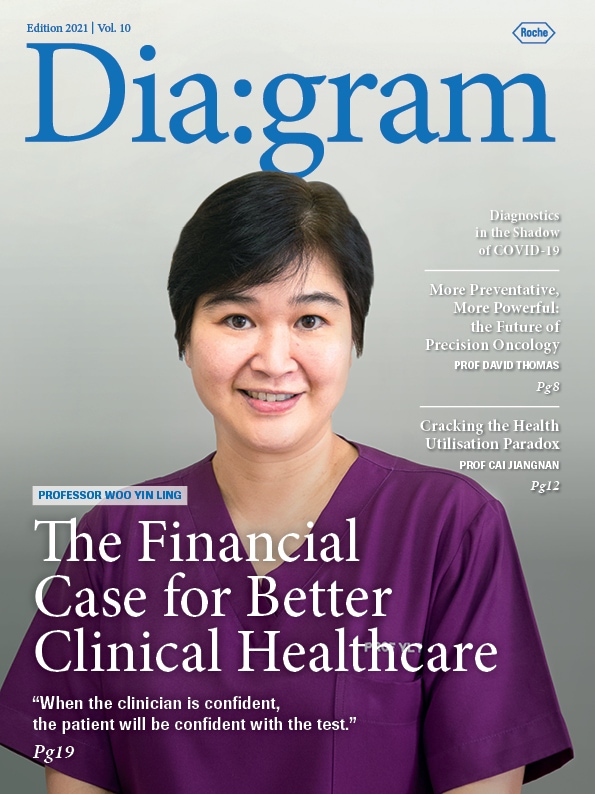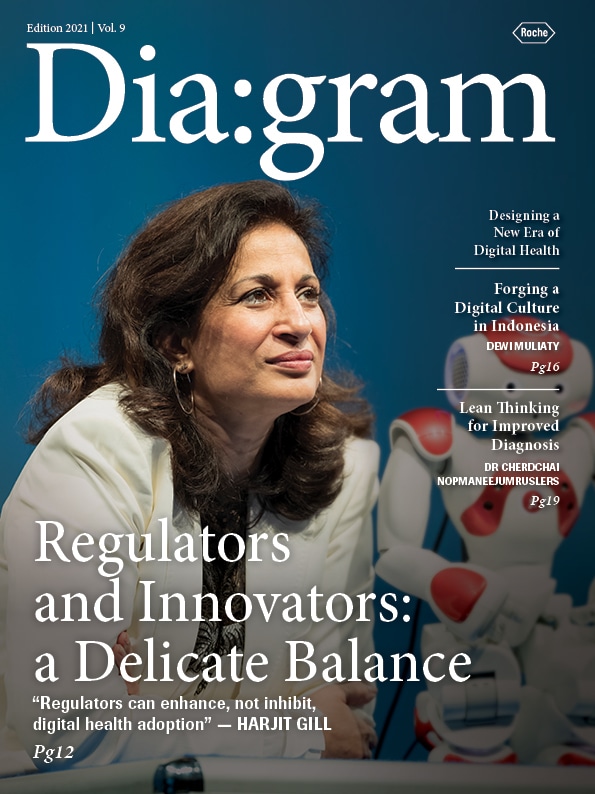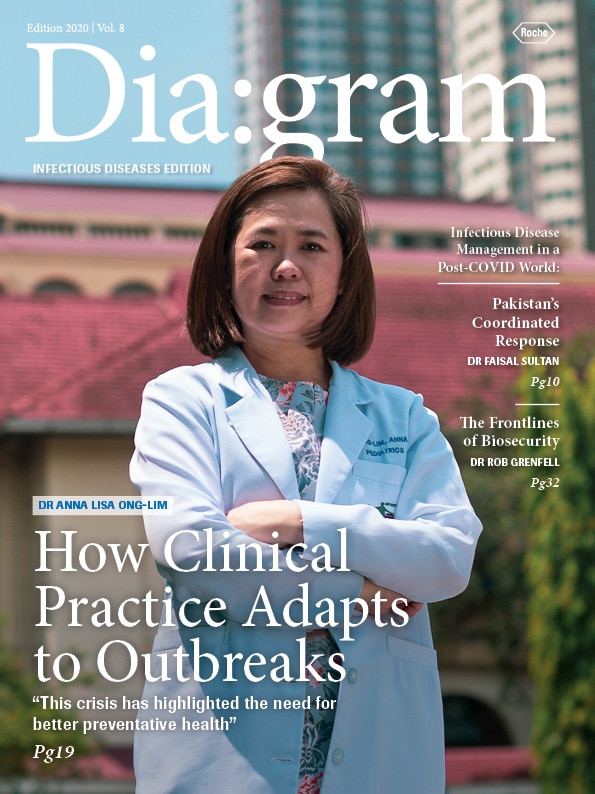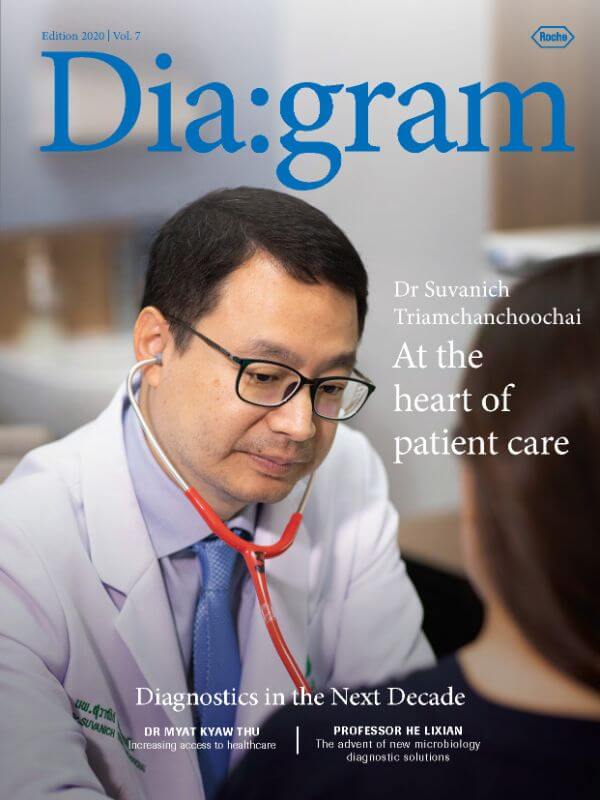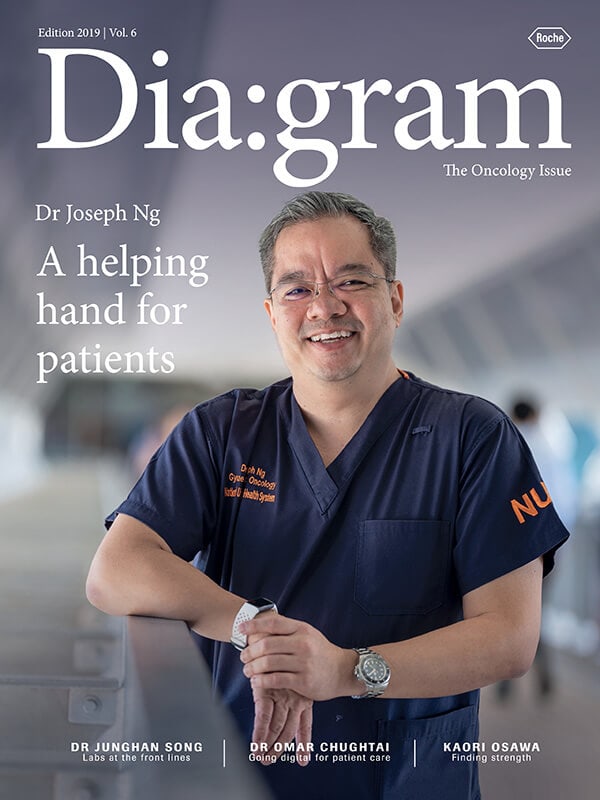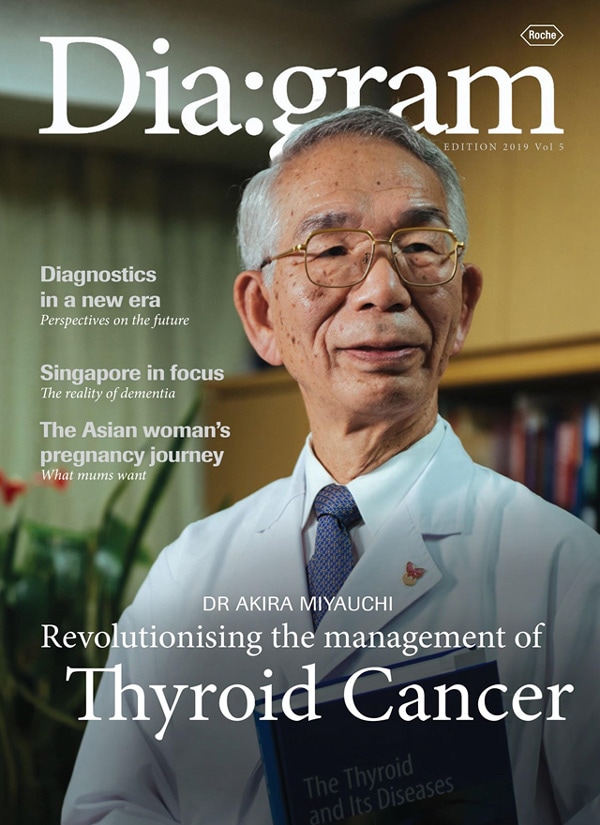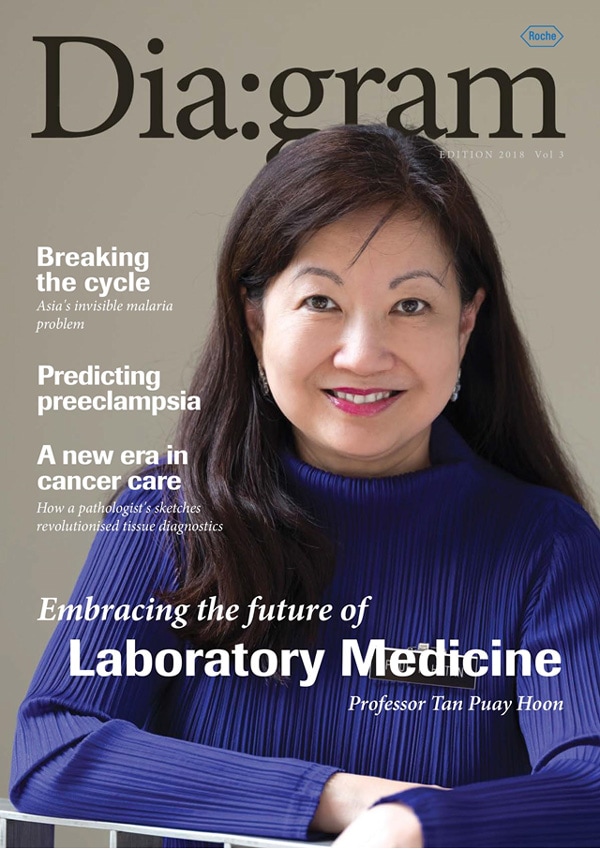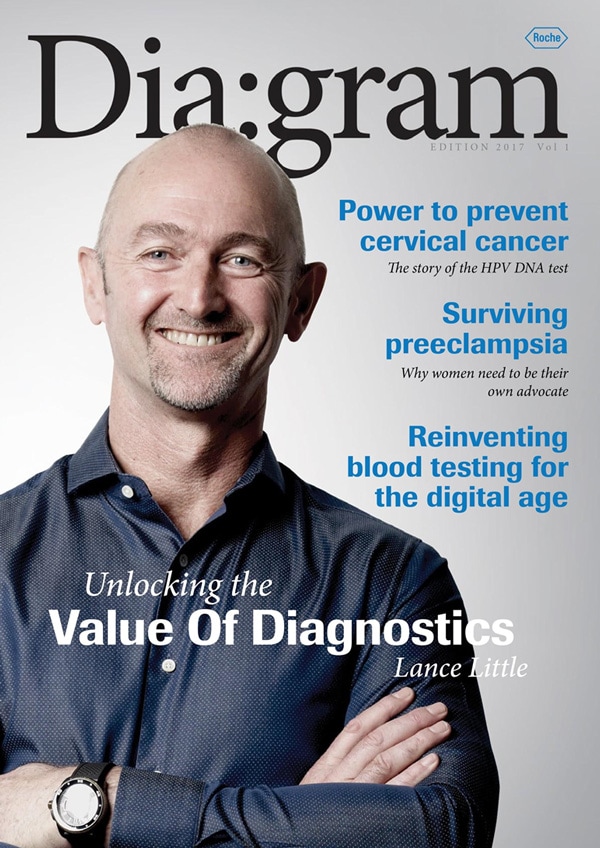Experts in Asia call for concerted effort to control the catastrophic increase in cases of antimicrobial resistance.
Antimicrobial resistance (AMR) is emerging as the single biggest threat to modern day medicine, as new cases surface where patients cannot be treated with any currently available antimicrobial drugs. Today, AMR is responsible for approximately 700,000 deaths per year globally and without adequate intervention, could kill as many as 10 million people a year by 2050.1 As we fast approach a stage where infections, once considered minor thanks to effective treatment by antibiotics, could once again become fatal, we take a look at the factors responsible. In this article, we speak to experts on what can be done to stem the spread of antimicrobial resistance in Asia.
Can Asia rise to the challenge? That’s a question experts in Asia are racing to answer.
Existing drug-resistant pathogens as well as emerging pathogens with the potential to become drug resistant represent a threat to public health and national security. Antimicrobial resistance occurs when microorganisms, including bacteria, fungi, viruses and parasites, change after exposure to antimicrobial drugs such as antibiotics, antifungals, antivirals, antimalarials and anthelmintics.
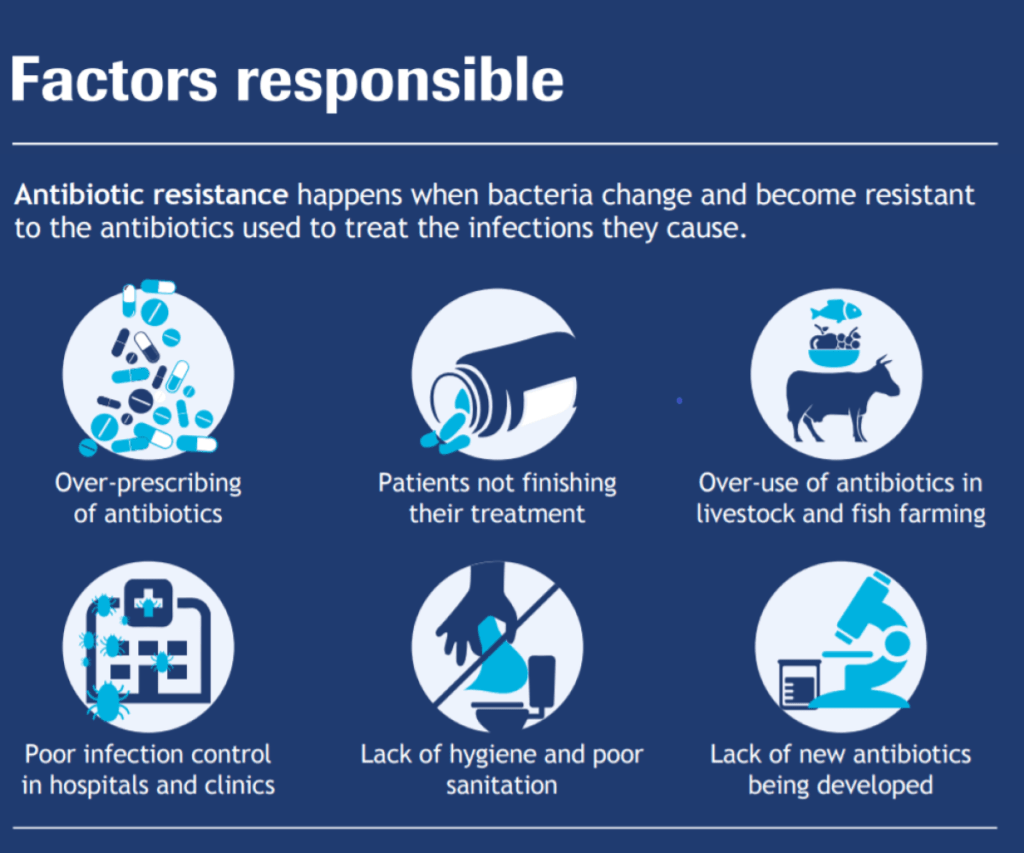
But antimicrobial resistance is not a new phenomenon. But resistance is not a new phenomenon. For more than half a century, scientists have known that patients could develop resistance to the drugs used to treat them. One of the first people to predict this was Sir Alexander Fleming, who was credited with creating the first antibiotic – penicillin – in 1928. In his Nobel prize speech in 1945 he said,
We are dealing with living mechanisms about which there are enormous gaps in our knowledge.
Those gaps, as it turns out in the case of AMR, have been perpetuated by poor public awareness, the absence of innovation in antibiotic drug and diagnostic development, and the lack of robust surveillance and regulatory systems on the use and sale of antimicrobial medicine for humans
and animals.
According to many health experts, a major concern is that clinicians often rely on symptoms to make a diagnosis instead of diagnostic tests which are more accurate. For instance, most upper respiratory tract infections are caused by viruses, which antibiotics have no effectivity against. So together with the assessment of signs and symptoms, testing before treatment becomes an important step in determining the appropriate course of action. Yet, studies have demonstrated high rates of unnecessary antibiotic prescription for patients with these types of infections.3
“We have been treating minor infections and even viral infections with antimicrobials. On top of that, we have been using potent, broad spectrum antimicrobials for minor ailments, where we could have been using narrow spectrum antimicrobials,” Professor Ivan F. N. Hung, Health Sciences Pedagogy at the University of Hong Kong explains. “We are all collectively responsible for creating the situation that we are now facing.”
The ineffectiveness of drugs as a result of antimicrobial resistance is rising in both developing and developed countries.
We are at a critical juncture. Can we effectively mitigate the repercussions of AMR? Only time will tell.
There is a need for quick, well-informed treatment decisions at the point of care. This is where rapid point of care diagnostic tests can help.
A public health crisis of epic proportions
It should come as no surprise that the World Health Organization (WHO) had described the current situation as a “serious threat to global public health,” stating that AMR is putting the gains of the Millennium Development Goals at risk and now endangers the achievement of the Sustainable Development Goals.4
In 2016, Jim Yong Kim, President of the World Bank Group said,
The scale and nature of this economic threat could wipe out hard-fought development gains and take us away from our goals of ending extreme poverty and boosting shared prosperity.
Estimates put the economic cost of AMR at USD 100 trillion by 2050.1,2
And experts in Asia believe it is likely to get much worse without urgent action to tackle the overuse of antibiotics. A government survey in Hong Kong revealed a misunderstanding on the indications of antibiotics as over half of the respondents mistaken cold and flu as conditions treatable with antibiotics.5 Similar findings related to the misperception among patients were also reported in Singapore. In a 2015 study conducted by the Yong Loo Lin School of Medicine at the National University of Singapore, it was found that a third of patients expected antibiotics to be prescribed by their general practioners for common ailments, with half of these patients asking for the medication or going to another doctor if it was not given.6
In addition, around one-tenth of patients kept antibiotic stocks at home and took leftover ones.
Some argue that pressure to free up hospital bed space can lead to over-prescription of antibiotics, as doctors try to keep patients in the community.
According to the Centers for Disease Control and Prevention (CDC), about 30% of antibiotics, or 47 million prescriptions, are given unnecessarily in doctors’ offices and emergency departments in the United States.7
Exacerbating the situation further is the fact that in several countries, over-the-counter antibiotics without a prescription are easy to get. Globally, total antibiotic consumption soared 65% between 2000 and 2015.8 At the forefront were India with an increase of 103%, China with 79% and Pakistan
with 65%.9
“The ineffectiveness of drugs as a result of antimicrobial resistance is rising in both developing and developed countries. If this trend continues, we will find ourselves in a world where many infectious diseases will have no treatment or cure,” warned Professor Peter Dedon, the Underwood Prescott and Singapore Research Professor at the Massachusetts Institute of Technology (MIT).
Tackling the problem head on
“We are at a critical juncture. Can we effectively mitigate the repercussions of AMR? Only time will tell,” agrees Prof Hung.
He has every right to be cautious given the extent of the problem. Data from the Department of Health’s Superbug Report (2011-2016) shows the prevalence of AMR is quite high in the city.10 But Hong Kong is using lessons from the past.
In response to the Severe Acute Respiratory Syndrome (SARS) crisis, Hong Kong established the Centre for Health Protection in 2004, tasked with preventing and managing outbreaks.
A three-tier alert system was created to respond to outbreaks of infectious diseases. Last year, the city launched a five-year action plan for tackling AMR, hoping to crack down on antibiotic overuse.
When a report from the Center for Disease Dynamics, Economics and Policy in Delhi, India, found it had some of the highest resistance rates in bacteria responsible for common infections, it prompted India’s government to release a National Action Plan on AMR, calling for strengthened monitoring, better education and training, improved infection control, better regulation of antibiotic use and investment in research.9
Singapore has taken this one step further by establishing the Singapore-MIT Alliance for Research and Technology (SMART). Funded by the National Research Foundation, the Antimicrobial Resistance Interdisciplinary Research Group (AMR IRG) under SMART hopes to solve the growing threat of resistance to antimicrobial drugs.
“Our goal, first and foremost, is to understand the mechanisms of drug resistance, and then once the discoveries have been made, to take it a step further and see how we can use this to develop new drugs and move these into a clinical trial or develop approaches for a diagnostic test. So we actively try to focus on the translational and entrepreneurial science because innovation that doesn’t reach people would be pointless,” said Professor Peter Preiser from Nanyang Technological University and the AMR IRG at SMART.
This is timely as reports suggest that 35-50% of bacterial infections in Singapore hospitals are now resistant to front-line antibiotics2. “Singapore is the ideal location for our research. We collectively have technologies that don’t exist anywhere else in the world, access to sophisticated research and healthcare facilities, and a pool of incredibly talented researchers. We can also access patient samples in infectious disease hotbeds in the region easily. When you put all that together it creates a powerful strategy,” added Prof Dedon, who is also a fellow investigator at SMART.
Growing consensus in the fight against AMR
Experts agree on what the best approach is to address the threat. And measures are already being taken to reverse or slow down AMR. Prof Hung describes what is known as an antibiotics stewardship program which screens patients who have been put on antibiotics to ensure that they actually need the antibiotics or if they have been given the right antibiotics. Many hospitals in Hong Kong, for example, have been running this program, including Queen Mary Hospital where the program has been running for a decade now.
Public education is just as important as patients share equal responsibility in the use of antibiotics, as do doctors when it comes to prescribing these drugs. “We need to help alter the reliance of healthcare providers prescribing drugs based on symptoms alone. There is a need for quick, well-informed treatment decisions at the point of care. This is where rapid point of care diagnostic tests can help,” said Prof Preiser.
Although on-site rapid antigen tests may be fast, they may also have a lower rate of accuracy and require confirmation of negative results. Lab cultures, on the other hand, though highly accurate, have a long turnaround time – from four hours to five days. Near-patient polymerase chain reaction testing can support antimicrobial stewardship efforts by allowing healthcare professionals to make a clinical diagnosis quickly and accurately.
Prof Hung believes the next generation of medical practitioners will have a critical role to play and “must be adequately trained”. In Hong Kong, he explains that the curriculum in medical school has been expanded to include the appropriate use of antibiotics, “after these medical students graduate, they also undergo training on the use of antibiotics in a community setting.”
Effectively combatting the growing tide of antibiotic resistance ultimately requires the healthcare community to work together to ensure that all stakeholders have access to the education and tools needed to tackle this emerging crisis.
“Antimicrobial resistance is not confined by borders. We need to have a strong interest in collaborating and supporting efforts in other countries because no one nation can address this problem alone,” concluded Prof Dedon.
References:
¹ The Review on Antimicrobial Resistance. 2016. Tackling Drug-Resistant Infections Globally: Final Report and Recommendations commissioned by the UK Prime Minister.
² Singapore-Massachusetts Institute of Technology (MIT) Alliance for Research and Technology (SMART).
³ Bagger K, Nielsen AB, Siersma V, et al. 2015. Eur J Gen Pract. Inappropriate antibiotic prescribing and demand for antibiotics in patients with upper respiratory tract infections is hardly different in female versus male patients as seen in primary care.
⁴ World Health Organization (WHO) regional office for Europe.
⁵ Data from the Centre for Health Protection, Department of Health, The Government of the Hong Kong Special Administrative Region.
⁶ Darius Shaw TP, Mark I-Cheng Chen, et. al. 2016. BMC Fam Pract. Knowledge, attitudes and practices towards antibiotic use in upper respiratory tract infections among patients seeking primary health care in Singapore.
⁷ The Centers for Disease Control and Prevention (CDC). 2016. Journal of the American Medical Association (JAMA).
⁸ Klein E, Thomas P, G Sumanth, et al. 2018. PNAS. Global increase and geographic convergence in antibiotic consumption between 2000 and 2015.
⁹ Ramanan L, Roy Chaudhury R. 2016. PLoS Med. Antibiotic Resistance in India: Drivers and Opportunities for Action.
¹⁰ Hong Kong Strategy and Action Plan on Antimicrobial Resistance (2017-2022).

